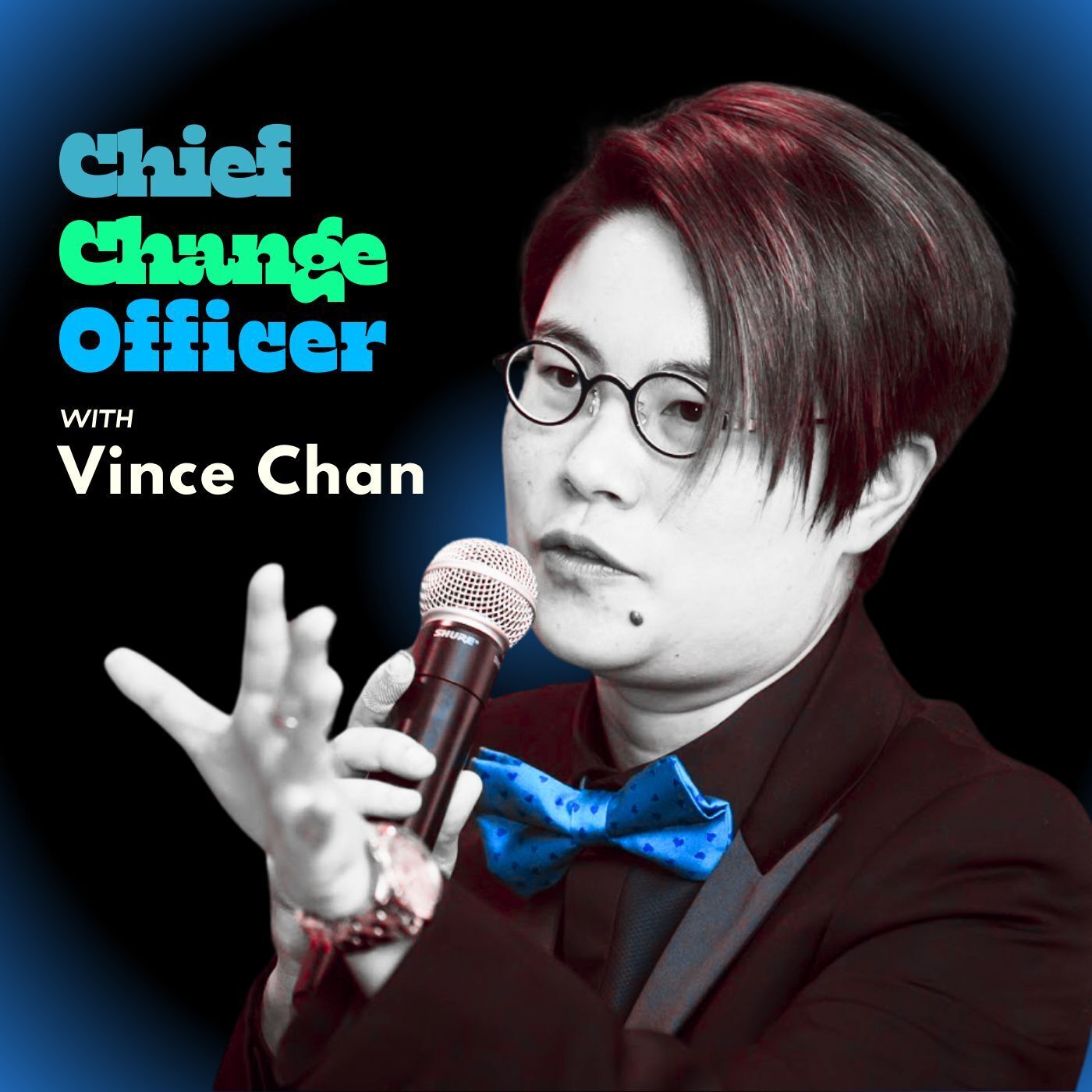#422 Kevin Eikenberry: Leading on Purpose, Not by Default — Part Two
In Part Two, Kevin Eikenberry challenges the myth that leadership is just for those with formal authority. He unpacks the idea of “leadership by choice,” reflects on the rise of remote work, and shares practical advice for building influence, trust, and connection—especially when you’re not in the same room. With insights from decades of coaching and his own mistakes, Kevin makes a compelling case: the future of work belongs to people who choose to lead, wherever they are.
Key Highlights of Our Interview:
Leadership Isn’t a Title
“You don’t need a position to lead. You just need to make the choice.”
Why influence, not authority, defines real leadership.
From Compliance to Commitment
“Command and control can get people to do the work. But it won’t make them care.”
How great leaders inspire action—not just obedience.
Remote Work Is Here to Stay
“Hybrid is the reality. The leaders who adapt will win.”
Why resisting change isn’t a strategy—and what to do instead.
Trust Can Travel
“Distance doesn’t have to mean disconnection.”
Building rapport, connection, and shared purpose in remote teams.
Be a Student of Your Own Leadership
“Every leader needs a development plan—just like athletes have coaches.”
Why leadership is a daily practice, not a fixed identity.
____________________________
Connect with us:
Host: Vince Chan | Guest: Kevin Eikenberry
>>>Your $79 free gift is here for you to accept -- not a scam, it's a personal gift from Kevin to you.
--Chief Change Officer--
Change Ambitiously. Outgrow Yourself.
Open a World of Expansive Human Intelligence
for Transformation Gurus, Black Sheep,
Unsung Visionaries & Bold Hearts.
EdTech Leadership Awards 2025 Finalist.
20 Million+ All-Time Downloads.
80+ Countries Reached Daily.
Global Top 1% Podcast.
Top 5 US Business.
Top 1 US Careers.
>>>200,000+ are outgrowing. Act Today.<<<
See Privacy Policy at https://art19.com/privacy and California Privacy Notice at https://art19.com/privacy#do-not-sell-my-info.
Press play and read along
Transcript
Transcript is processing—check back soon.





